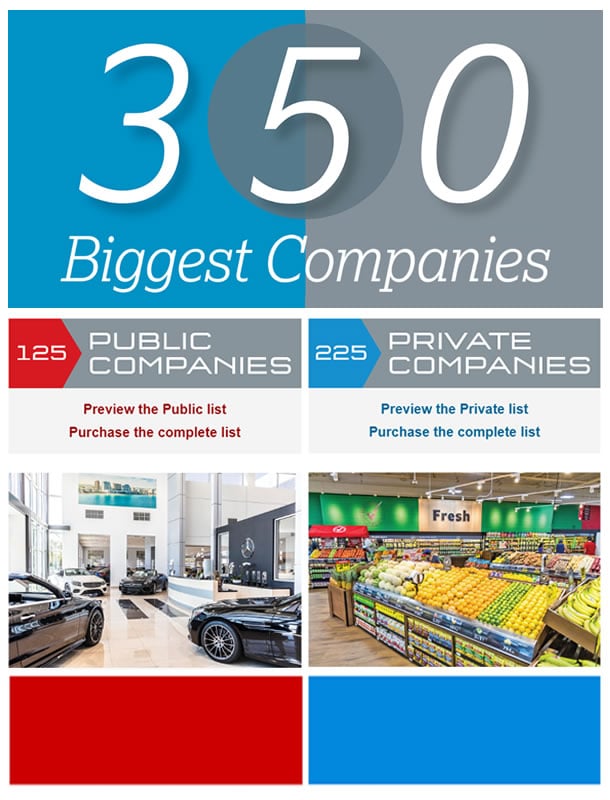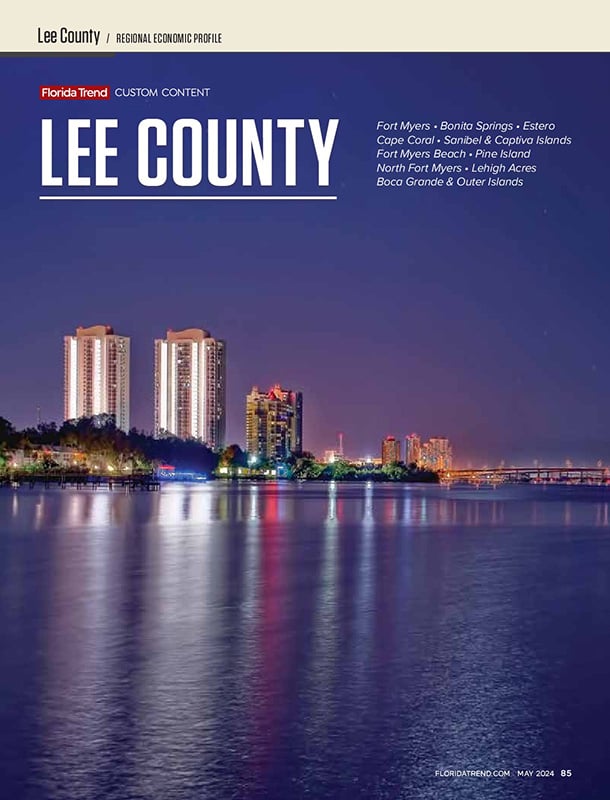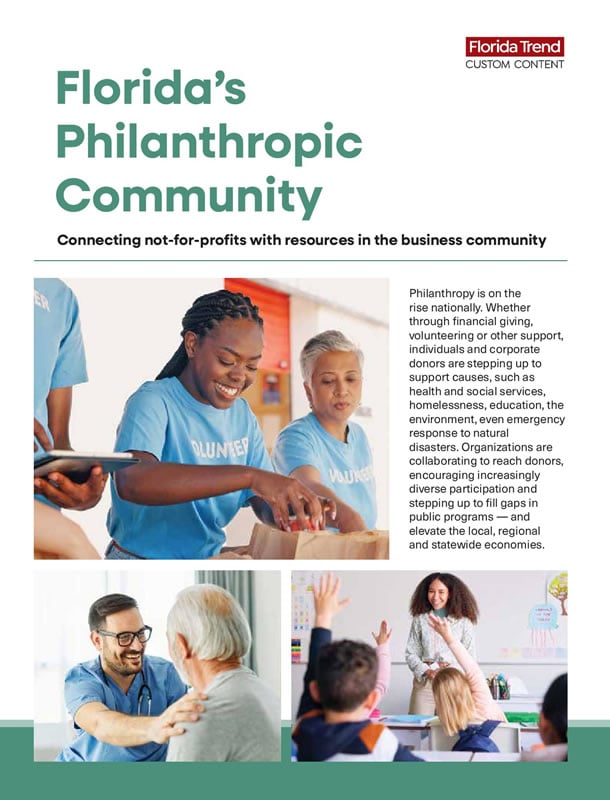Joseph J. Farcus is Carnival's interior architect, which means he designs just about everything for the massive ships except the hull and the engines. Responsible for turning Carnival's marketing concepts into fabric, wood, marble and glass, Farcus is due no small measure of credit for Carnival's rise to become the world's largest cruise line, grossing $2.2 billion last year. His sense of color and taste have become the standard for not just the 13 ships he has completed for Carnival and parts of four more for sister line Holland America, but arguably for the whole cruise industry.
An easygoing 53-year-old man who favors olive slacks and a black shirt adorned with zebras, Farcus creates his seagoing fantasies in an airy, unprepossessing second-floor studio in his home in Miami Beach. Its floors are rich, polished wood, and the walls are sprinkled with memorabilia: paintings of rooms he has designed, arty prints of seagoing vessels, and a model of a sailing ship from the days of empire. Computers sit patiently, draftsmen's tables display Farcus' works in progress, and samples of building materials rest atop a cabinet in one corner. Flora wave in the windows. Twenty minutes from Farcus' home - but light years away stylistically - floats the leviathan that is his latest creation and the last word in cruise ships. The Destiny, 101,353 gross registered tons and measuring 893 feet from stern to bow, is the largest passenger ship ever built - taller than the Statue of Liberty and nearly three football fields long. It is a playground of glitz and glamour, featuring a nine-deck atrium, a casino, a two-deck disco, the largest spa at sea, a multimillion-dollar art collection, four swimming pools, and more bars than you could hope for -all swaddled in exotic fabrics from around the world. "Entertainment architecture," Farcus calls it. "There is a sense of romance and adventure about the sea, and that's what I'm trying to capitalize on."
He is, by the measure of the market and his masters, more than successful. Conventional wisdom aside, people who vacation on cruise ships are neither rich nor geriatric; rather, they average 49 years of age and have a household income of $66,000, according to New York-based Cruise Lines International Association. Farcus and Carnival, now in its 25th year, have crafted their ships' appeal accordingly - as unthreatening as the local mall but as exotic as a night in the Casbah. "He has established a standard that appeals strongly to the market and the user. Their ships are known as 'Fun Ships,' and what he has done reinforces that concept in the marketplace," says Howard Snoweiss, president of the Coral Gables-based Howard Snoweiss Design Group. Farcus' boss, Micky Arison, chairman and CEO of Carnival Corp., enthuses that "Joe has been critical in executing the design behind the product concept. He created the concept for the hardware that is the backbone of the company."
How Joe Farcus came to his calling is not nearly as complicated as the calling itself. Farcus graduated from the University of Florida in 1967 and joined Miami architectural firm Morris Lapidus. One of his first assignments was a ship make-over for a fledgling cruise operator, Carnival. The transformation so impressed Ted Arison, Mickey's father and then chairman of the board, that he commissioned the young architect to redesign his Miami apartment. With such patronage, it was a short jump to Carnival when Farcus left Lapidus in 1977 in a financial dispute. Farcus officially serves as a consultant for Carnival, which provides most of his business and gives him almost complete autonomy. All told, a Carnival ship takes three to five years to build. Two to four years are taken up with design and negotiations at different stages of development involving shipbuilders and suppliers. The cost of each ship has increased steadily, from $170 million for the Carnival Holiday in 1985 to $400-plus million for the Destiny, with up to half of the total going for design and development. In the case of the Carnival Destiny, that added up to $200-plus million.
As all artists must, Farcus begins each project with a blank canvas. Residential quarters come first, followed by the rest of the layout. He usually completes the plans in about ten weeks. Farcus then takes them to naval architects, the nuts-and-bolts engineers. Ships, more so than airplanes, require extensive allowances for emergency. And if the displacement of the vessel is not sufficient to float its human cargo and the ambience that Farcus wants to put inside it, then he goes back to the drawing board.
Once the specifications are complete, Farcus travels to the shipyard. Yards in Trieste, Italy, and Helsinki are among Carnival's preferred choices. Farcus personally directs the process of converting the iron shell into a floating palace. If shipfitters balk at his plans for a five-deck theatre to seat 1,500, it is he who must convince them of its feasibility - and their contractual obligation to build it. "The only way it can be a success is if you get cooperation. If there's some change in detail that won't affect the passengers' experience but will make things easier for the shipyard, then I'm willing to work with them."
When the infrastructure is in place, Farcus gets down to his bread and butter, the minutiae of fabrics and materials. He and his wife, Jeanne, design each carpet and select each tile, wood, and metal to match the overall effect of the setting. Aboard the Destiny, the walls of the theatre are Portoro marble, black with gold and bronze streaks. The hand railings in the lobbies are mahogany, and the showers in the suites are layered with Venetian copper tile. As the Destiny neared completion and their work became more involved, the Farcuses lived aboard their creation. As consultants, the couple suppresses costs by contracting out much of the work that larger shops perform in-house. Jeanne is multitasked, handling accounting, purchasing and communications. They will not specify how much the business earns, but it must be considerable, considering they have worked on $3.38 billion worth of ships for Carnival Corp.
Compared to the product they create, the Farcus workday is distinctively mundane. There are no champagne toasts and caviar dreams in the bowels of a ship's hull, and frequently the couple's only tan comes from lamps above a draftsmen's desk. Occasionally, however, they engineer a little fun for themselves.
In the late 1980s, Farcus was designing the $275-million Carnival Ecstasy. Its promenade would not be complete, he judged, without a fully intact Rolls-Royce. And not just any Rolls-Royce, either. So the Farcuses accompanied two car specialists on a treasure hunt around England. They went from dealer to dealer, inspecting and pricing, until they stumbled upon a $35,000 baby blue 1934 Rolls Saloon at an antique car dealership in the hills of northern Wales. Today, its home is the main thoroughfare on board the Ecstasy.
What's the appeal of a Carnival cruise? Revelry and relaxation at a reasonable price - and a taste of an exotic destination. But just a nibble. In the space-age, you don't travel by sea, you travel at sea. Grasping the irrelevancy of destination is what has made Farcus so successful. Each cruise ship is a floating city unto itself, blending the glitz of Las Vegas and the comfortable, at-your-service feel of Disney World. "I try to make it a really interesting city for people to be in," says Farcus. "Even though it's a big ship, there are lots of little places all over. Everyone will find their own spots, from time to time."
He gives guests luxuriously appointed theme lounges ranging from the Fantasy's "Cleopatra's Bar" with life-size sarcophagi and tomb-like walls carved with hieroglyphics to the Jubilee's "Churchill 's" featuring knights in armor, rich oak columns and reading lamps along the bar. "He is a mastermind at creating themed spaces," says Shirley LaFollette, president of Seattle-based Interior Design International. "He creates them as a stage, which is needed. This is theater we're in." The sets are elaborate. Coppery pinks, golds and browns dominate the color scheme of the Destiny. Strips of coppery pink corrugated aluminum swathe entire walls, lending them the appearance of urban storefronts, after-hours. Miniature marquee lights embedded in the floors smack of your local cineplex. The elevator stations on each lobby resemble a set from "Star Wars," replete with metallic grays, gold paneling and bright red indicator lights. And atop all the Fantasy Class ships is the distinctive red, winged funnel, known as the "Farcus Funnel."
Farcus makes no apologies to purists, but acknowledges that his professional efforts are incongruous with his own personal style. The way he explains it, he belongs back when elegant liners conveyed gentlemen and ladies across the Atlantic in style. "I believe a ship is a work of art more so than is traditionally thought. In a word, I'm a classicist," says Farcus. Whatever the contradiction, he has reconciled his expression with its commercial context. "There's no question that (Carnival) is a commercial enterprise," he says. "They pay me money and they make a lot of money off me. You know, people have been doing this for generations. It's civilization at its best."
--












